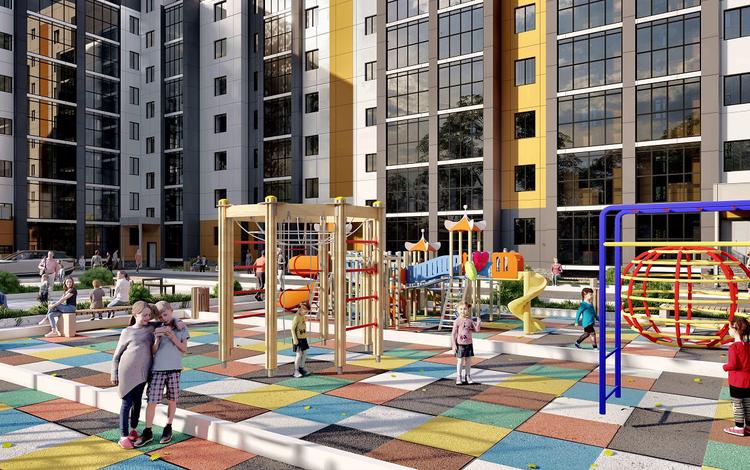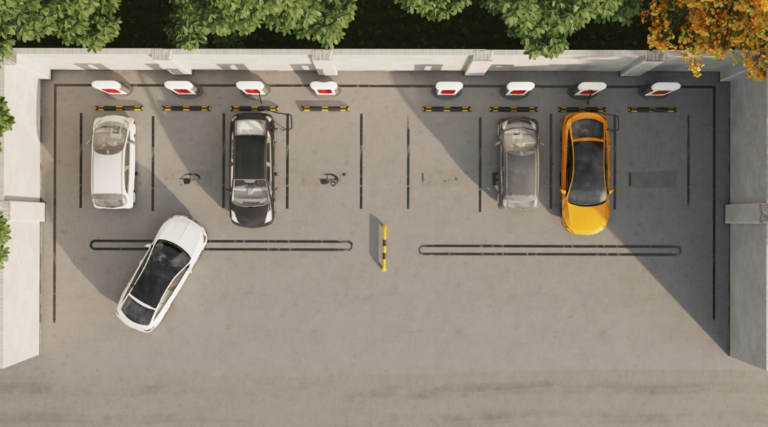Согласно исследованию «Яндекс.Недвижимости», стоимость квартир в новостройках регионов России увеличилась быстрее, чем в Москве и Санкт-Петербурге. Лидерами по удорожанию жилья стали Челябинск и Сочи с ростом цен на 25,6% и 23,3% соответственно. В то время как в Санкт-Петербурге цены поднялись на 4,3%, а в Москве — на 6,7%.
Евгения Белокурова, коммерческий директор «Яндекс.Недвижимости», отметила, что сокращение льготной ипотеки в Москве с 12 до 6 миллионов рублей ограничило доступные варианты недвижимости, что сказалось на инвестиционной привлекательности столичных новостроек. В регионах сохранялся более значительный коридор для роста цен в 2023 году.
Алексей Попов, руководитель Циан.Аналитики, пояснил, что причины опережающего роста стоимости новостроек в регионах включают эффект высокой базы, увеличение предложения в более доступных районах столичных агломераций, а также более высокие темпы роста спроса и доходов населения в региональных центрах.
Валерий Кочетков, директор направления «Новостройки» компании «Инком-Недвижимость», добавил, что после анонсирования развития транспортной системы в приграничных с Москвой областях наблюдается увеличение спроса на недвижимость в этих регионах, где жилье стоит значительно дешевле. Кроме того, высокий потенциал роста цен отмечается в городах, таких как Калуга, Тверь, Владимир, Тула, Рязань, а также в Краснодаре из-за близости к морю и благоприятного климата.



